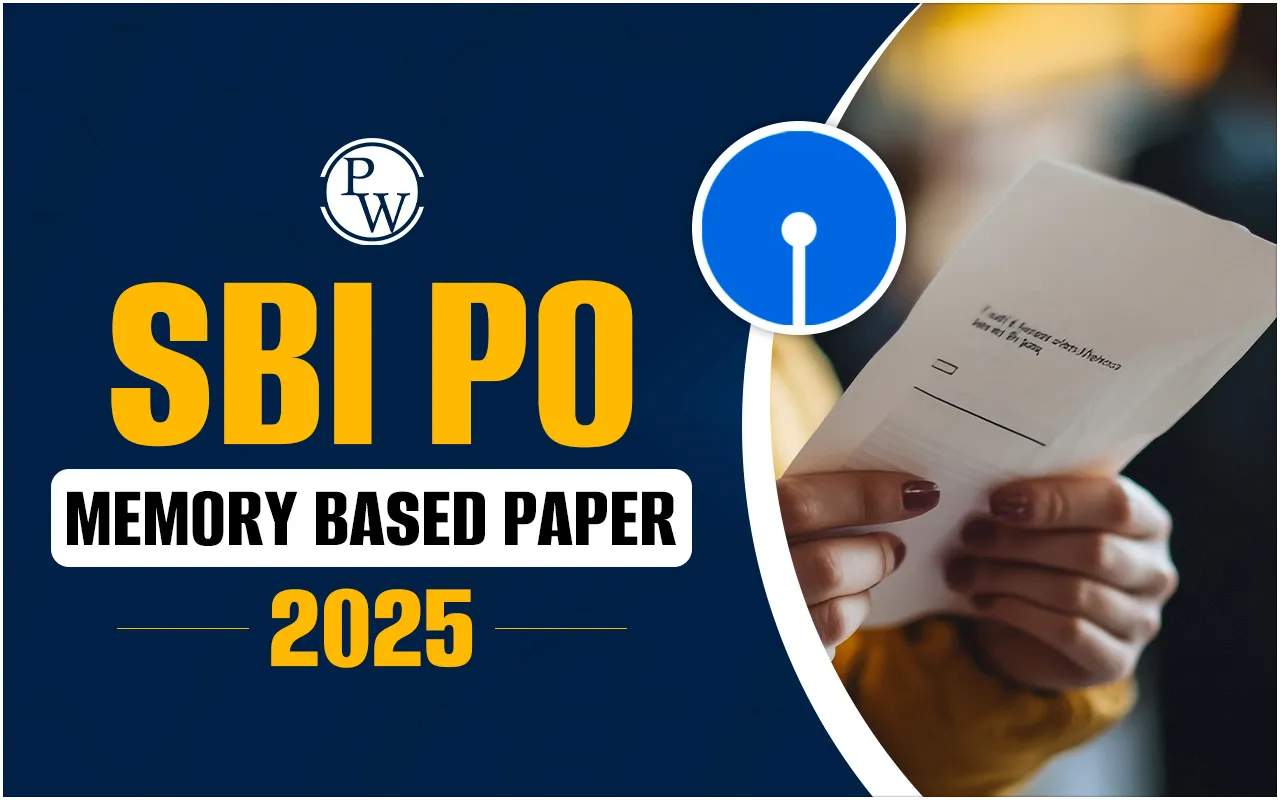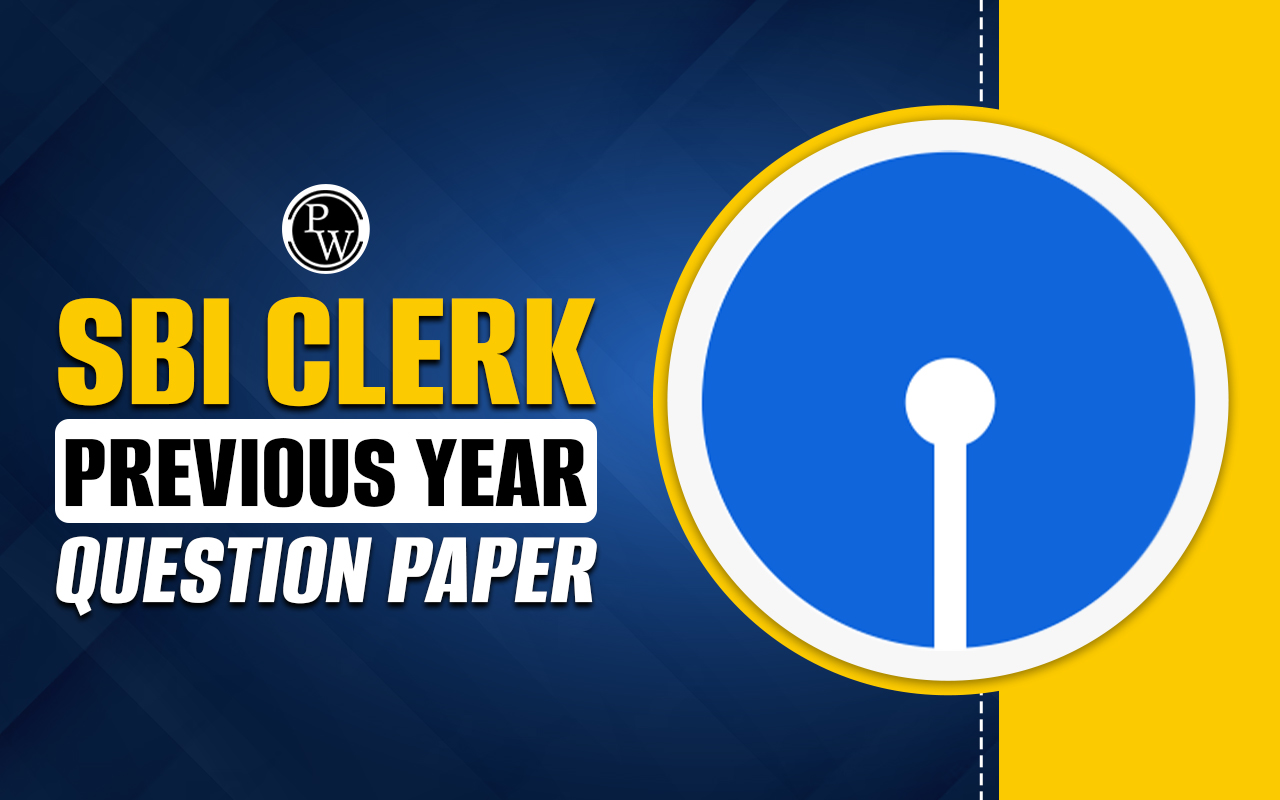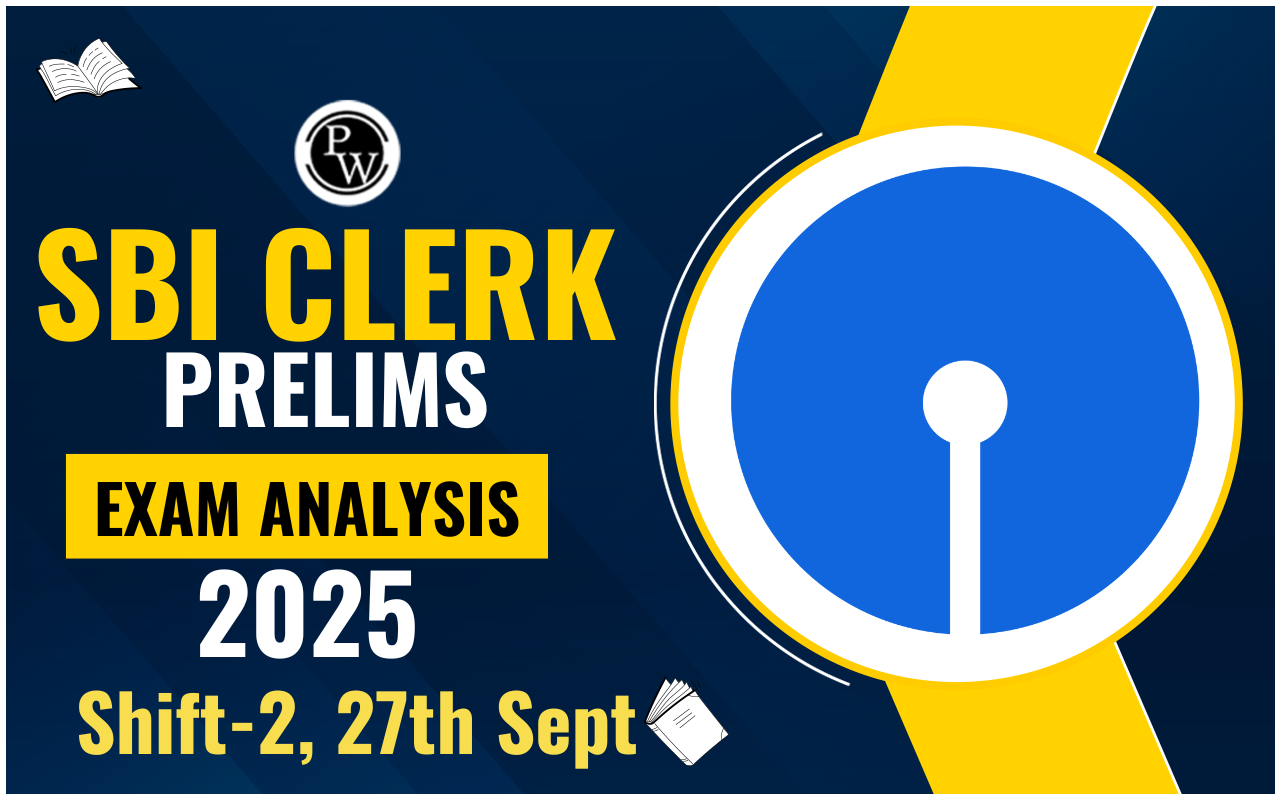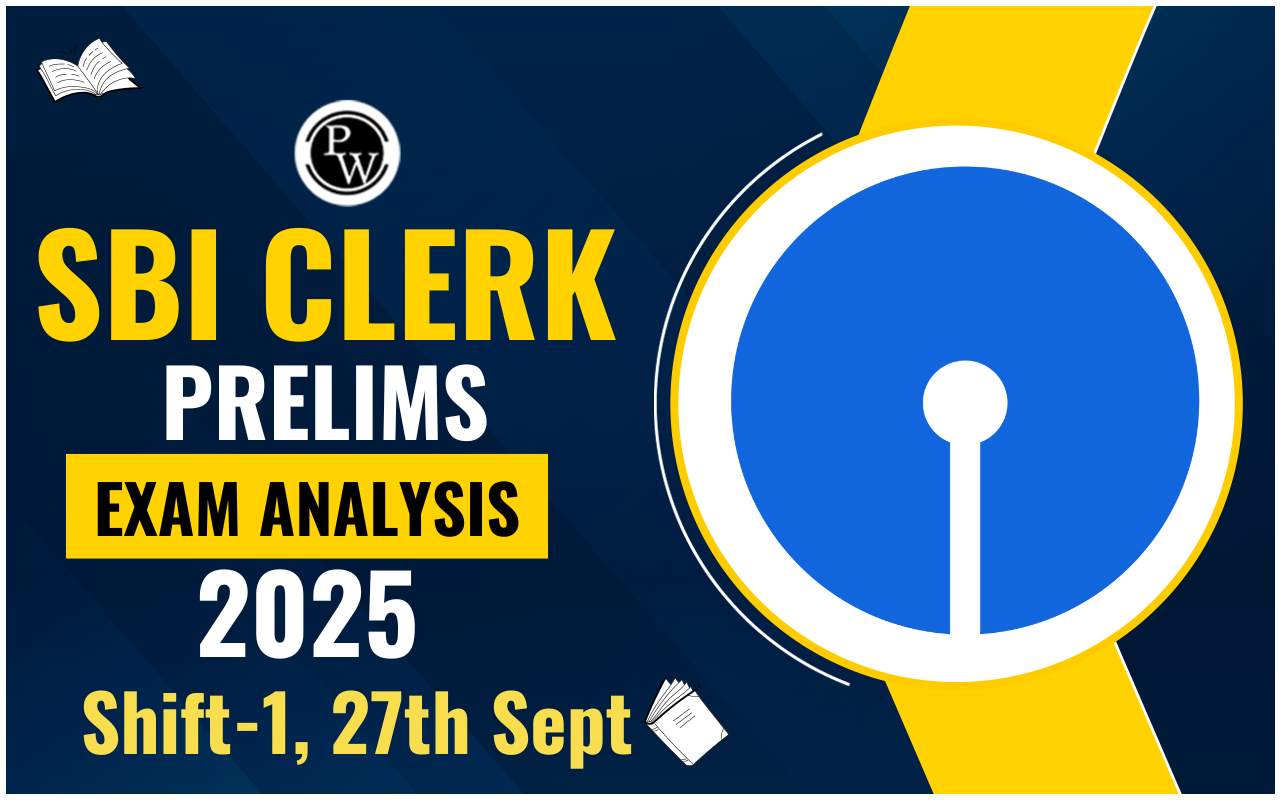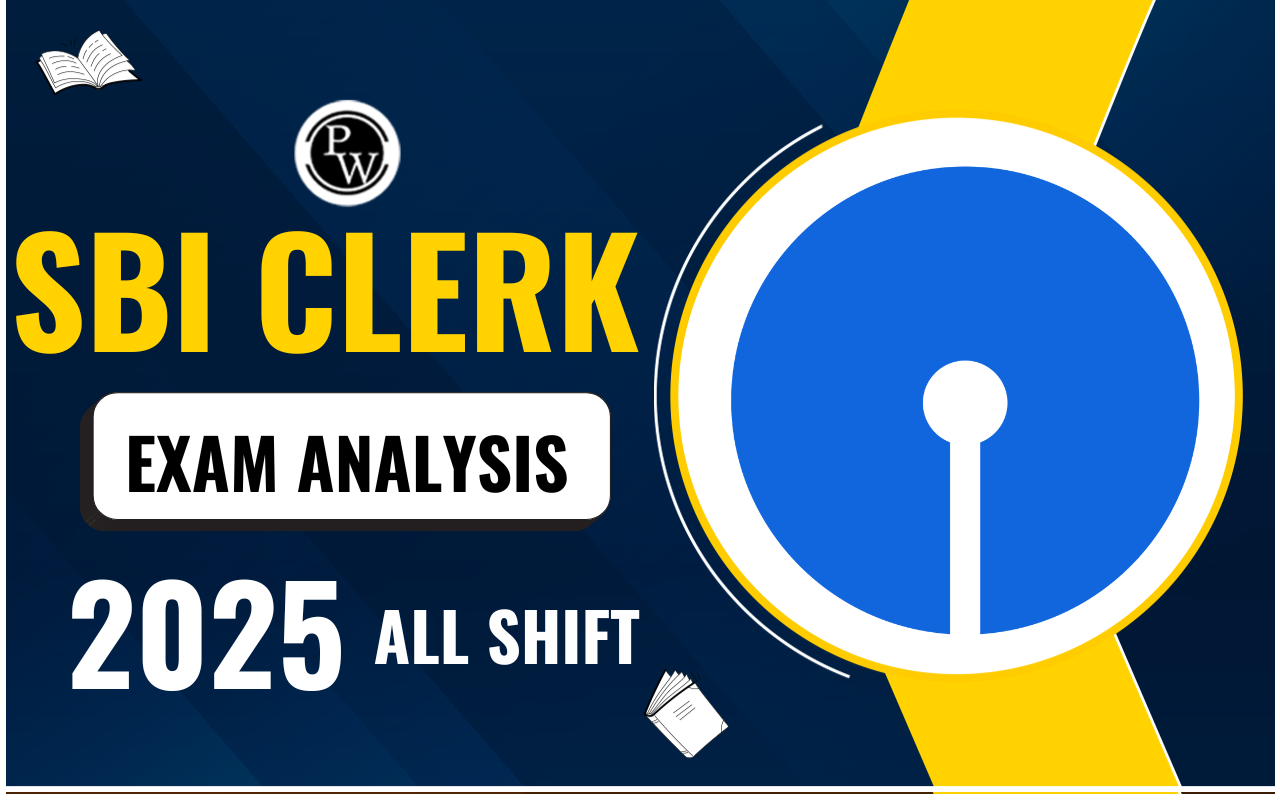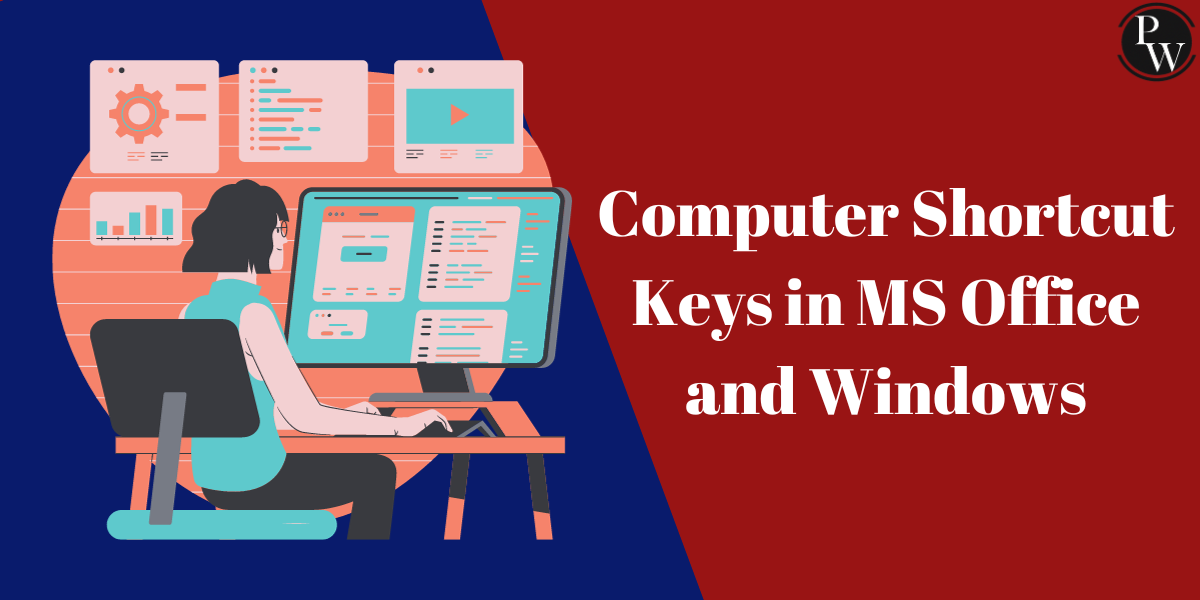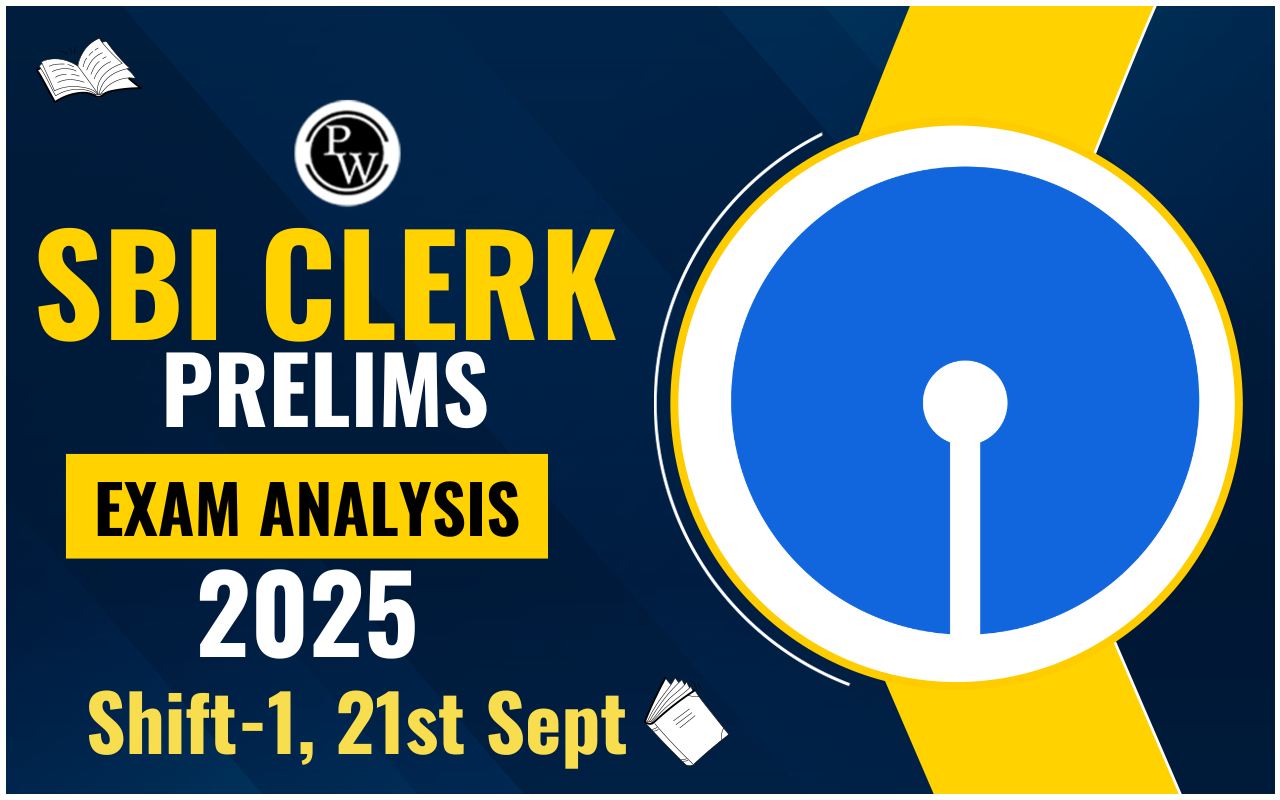
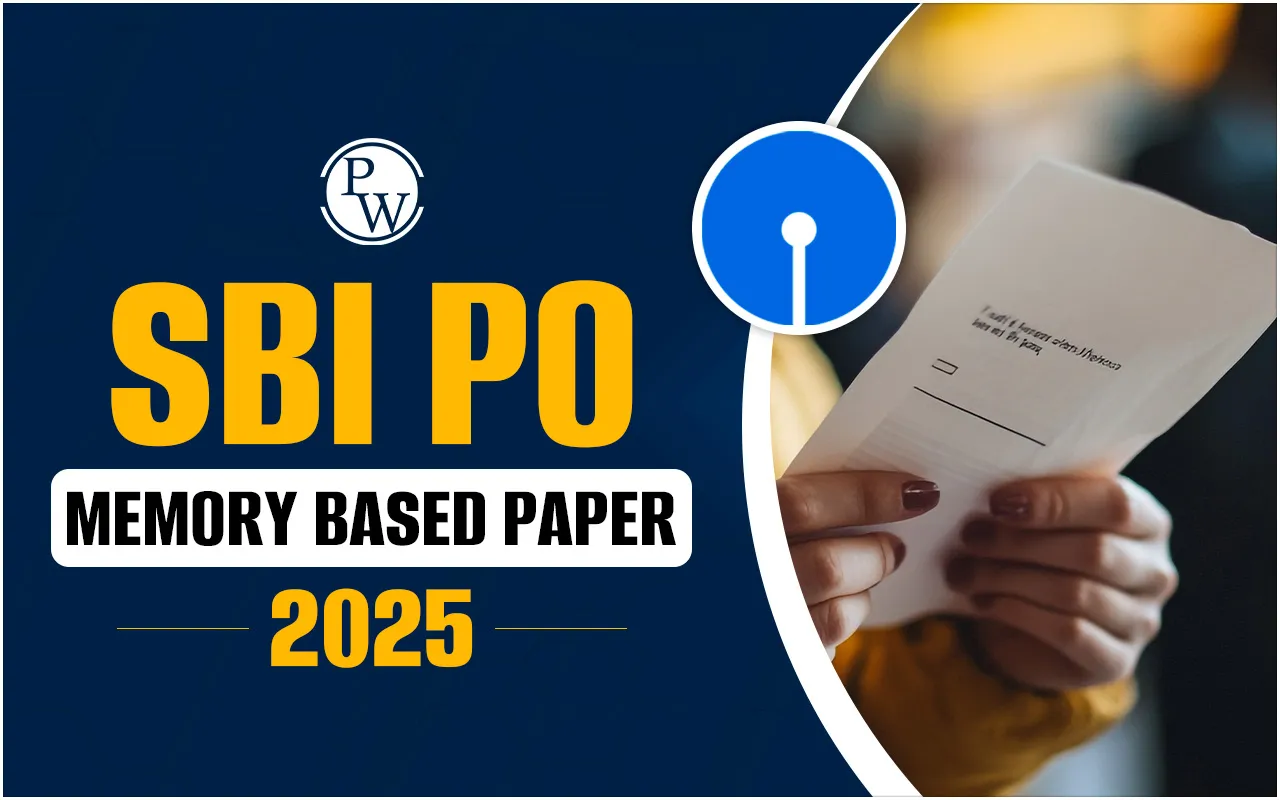
SBI PO Memory Based Paper 2025: The State Bank of India has planned the SBI PO 2025 Prelims exam to be held on August 4 and 5, 2025. Insights gathered from the exam shifts, along with student feedback, indicated that the exam difficulty was moderate.
The Quantitative Aptitude section was demanding due to its length and time requirements, while the Reasoning section included around 25 puzzle-based questions. To support candidates appearing in the upcoming shifts, a detailed SBI PO Prelims Memory Based Paper 2025, with solutions for Quantitative Aptitude, Reasoning Ability, and English sections, is provided to aid their preparation.
SBI PO Memory Based Paper 2025
The SBI PO 2025 Prelims Exam was held for four days in 2 consecutive days, with the first day’s analysis revealing a moderate overall difficulty, particularly due to a lengthy Quantitative Aptitude section and a Reasoning Ability section.
SBI PO memory-based exam analysis
-
The exam consisted of three main sections: Quantitative Aptitude, Reasoning Ability, and English Language.
-
Quantitative Aptitude was described as lengthy and time-consuming, requiring candidates to manage their time efficiently.
-
The Reasoning Ability section was heavily focused on puzzles, questions from various puzzle types, such as box-based, seating arrangement, and year-based puzzles.
-
English Language was comparatively manageable for well-prepared candidates and focused on comprehension, grammar, and vocabulary.
SBI PO Memory Based Paper 2025 PDF
Candidates can now download the SBI PO Memory Based Questions 2025 PDF for all shifts who are going to appear in the upcoming years.
The memory-based paper for SBI PO 2025 will include questions from all sections based on the feedback of candidates who appeared for the prelims exam. In the table below, we have attached the SBI PO prelims memory-based questions 2025 PDF download link.
SBI PO Memory Based Paper 2025 PDF Download Link
SBI PO Memory Based Paper 2025 PDF (English)
SBI PO Memory Based Paper 2025 PDF Download Link
SBI PO Memory Based Paper 2025 PDF (Hindi)
SBI PO Expected Questions 2025
Based on trends from previous years and recent exams, some SBI PO expected questions 2025 may include:
-
More puzzle and seating arrangement sets in reasoning.
-
Complex DI questions in quant.
-
Current banking developments in general awareness.
-
Moderate to high-level reading comprehension in English.
Focusing on these areas can help you maximize your score.
SBI PO 2025 Memory Based Questions
Based on the SBI PO Exam Memory-Based analysis here are the questions asked in the prelims examination.
Direction (11 - 16) Read the following passage and answer the given questions.
Directions: In the following passage, six blanks have been provided. Each blank is followed by five options. Choose the word that best fits the context of the sentence. Ensure that the passage remains meaningful and grammatically correct. From the moment early humans discovered fire, it has played a pivotal role in the advancement of civilization. Initially, fire was merely a source of warmth and a way to keep predators at bay. However, over time, its usage ________ (A) into more complex forms, including cooking, metalworking, and even communication. Archaeological evidence suggests that early hominins did not simply stumble upon fire, but gradually learned to
control and sustain it. This capacity to manipulate fire gave our ancestors a significant evolutionary edge, allowing them to digest food more efficiently, which in turn ________ (B) brain development. Fire also became central to socialization. Communities would gather around it, forming tighter social bonds and sharing stories—an early precursor to culture and language. The glow of a campfire wasn’t just a source of light, but a ________ (C) of communal interaction and knowledge exchange. Later, fire's utility expanded into agriculture and warfare. In controlled burns, it helped clear land and regenerate soil nutrients, enhancing food production. In contrast, it was also weaponized—used to intimidate or ________ (D) enemies during conflicts. In modern times, fire has taken on more symbolic and ceremonial meanings—representing passion, destruction, renewal, or divine energy. Yet despite its immense benefits, fire remains ________ (E) when mishandled. Entire ecosystems have been lost due to uncontrolled wildfires sparked by human negligence or climatic changes. Understanding the evolution of fire usage helps us appreciate not just a tool, but a force that has continually ________ (F) human progress—for better or worse.
Q1 Which of the following is the most appropriate word to fill in the blank (A)?
(A) reversed
(B) evolved
(C) paused
(D) disrupted
(E) restored
Q2 Which of the following is the most appropriate word to fill in the blank (B)?
(A) hindered
(B) substituted
(C) triggered
(D) dismissed
(E) concealed
Q3 Which of the following is the most appropriate word to fill in the blank (C)?
(A) stimulus
(B) barrier
(C) warning
(D) distraction
(E) reflection
4 Which of the following is the most appropriate word to fill in the blank (D)?
(A) revive
(B) scald
(C) overpower
(D) nurture
(E) welcome
5 Which of the following is the most appropriate word to fill in the blank (E)?
(A) perilous
(B) harmless
(C) dormant
(D) decorative
(E) inevitable
Q6 Which of the following is the most appropriate word to fill in the blank (F)?
(A) ignited
(B) dictated
(C) halted
(D) shaped
(E) erased
Q7 The following question carries a statement with two blanks. From the given options, choose the word that would fit in both the blanks to make the sentence grammatically correct and meaningful. I _______________ the work I was doing and ____________ to take an hour-long break so I wouldn’t burn out by working continuously.
(A) Quit, think
(B) Ceased, decided
(C) Completed, arranged
(D) Shunned, rose
(E) Opened, managed
Q8. Directions: In each of these questions, two equations (I) and (II) are given. You have to solve both equations and give an answer.
(A) if x>y
(B) if x≥y
(C) if x<y
(D) if x ≤y
(E) x = y or the relationship can’t be determined.
Q9. What is the ratio of total tables sold by shopkeeper A and shopkeeper B together to the total furniture sold by shopkeeper B and shopkeeper D together?
(A) 4: 7
(B) 3: 4
(C) 3: 5
(D) 2: 3
(E) 2: 5
Direction Read the following passage and answer the given questions. Fourteen persons are sitting in two parallel rows and facing each other. In Row1- A, C, E, G, I, K and M are sitting and all of them face south, whereas in Row 2- S, T, U, V, W, X and Y are sitting and all of them face north, but not necessarily in the same order. A sits second to the right of G but none of them sits at the end of the row. T sits immediate left of the one who faces G. Y sits three places away from T and sits immediate right of W. The number of persons sitting to the right of W is one more than the number of persons sitting to the left of E. V sits opposite to the one who sits adjacent to E. M sits second to the right of K. Neither W nor T sits opposite to M. X sits immediate right of U. I faces the one who sits third to the right of S. Both G and C are not immediate neighbours.
Q Who among the following person sits third to the left of C?
(A) The one who faces V
(B) K
(C) The one who sits immediate right of I
(D) The one who faces S
(E) No one
Q How many persons sit between S and X?
(A) As many persons sit between G and I
(B) Four
(C) As many persons sit between C and A
(D) Three
(E) None of these
Q Four of the following five are alike in a certain way as per the given arrangement and hence form a group. Find the one who doesn’t belong to that group.
(A) W
(B) I
(C) C
(D) X
(E) M
Q What is the position of M with respect to E?
(A) Third to the right
(B) Fourth to the left
(C) Second to the left
(D) Immediate left
(E) Fourth to the right
Why Practice with SBI PO Previous Year Memory Papers?
Practicing with memory-based papers provides real exam-like exposure. Here’s why SBI PO Previous year memory papers are useful:
-
Understand the SBI PO exam pattern and the type of questions.
-
Analyze the difficulty level of SBI PO prelims and mains.
-
Identify the most important topics for revision.
-
Improve speed and accuracy by solving real exam-level questions.
-
Get a clear idea of the SBI PO memory-based exam analysis from previous shifts.
SBI PO Memory Based Paper 2025 FAQs
Where can I get the SBI PO Memory Based Paper 2025?
Are the SBI PO prelims memory-based questions 2025 useful?
What is included in the SBI PO mains memory-based paper 2025?
How do last years memory-based papers help in preparation?
Can SBI PO practice questions 2025 improve my preparation?

